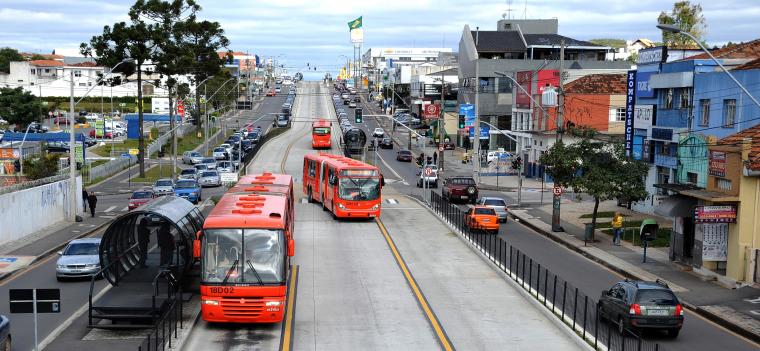News
- Improving the energy efficiency of cities not only helps to save energy and reduce emissions, but also can help budget-constrained cities expand and improve services and increase competitiveness.
- A new series of World Bank guidance notes for mayors offers practical advice and examples on how to integrate energy efficiency into procurement, financing, buildings, transport, energy assessments, and urban planning.
Harnessing the “hidden fuel” of energy efficiency offers many opportunities to help rapidly growing cities achieve energy security, energy savings, and reduce costs and emissions. To tap this potential, the World Bank is releasing a new series of guidance notes to help city leaders integrate energy efficiency options into their planning, as well as design and implement successful programs.
“Because of the critical role cities play in economic growth, urban energy efficiency measures and planning can help put national economies on a path toward green growth, with many subsequent economic, health, and environmental benefits,” said Anita Marangoly George, Senior Director of the World Bank’s Energy and Extractives Global Practice.
The notes, developed by the World Bank’s Energy Sector Management Assistance Program (ESMAP), focus on six key topics: procurement, financing, buildings, transport, assessments, and urban planning.
Integrating energy efficiency can also contribute to improving municipal services and increasing competitiveness, making cities more inclusive and sustainable. For example, improving public transport not only lowers energy consumption, but also reduces congestion and pollution, and increases people’s mobility – which is especially critical for people in the bottom 40 percent of income levels who need access to jobs, schools and public services.
The guidance notes give mayors and urban policymakers a range of practical options and strategies to make municipal services and city administrations much more efficient. For example, the note on procurement encourages municipalities to prioritize purchasing of energy efficiency products such as lighting and office equipment, and to explore energy savings performance contracts for renovations of energy-intensive public facilities.
" Cities have to make hard decisions on investments, so it is important to go back to the basics and understand where the opportunities are, what measures offer the greatest potential for energy efficiency improvements, which sectors to prioritize, and what the implementation constraints are. "
Anita Marangoly George
Senior Director, Energy and Extractives Global Practice at the World Bank
Buildings are the world’s largest consumers of electricity, but it is estimated that 80 percent of the energy efficiency potential of buildings is untapped. The guidance note on buildings offers approaches to capture this potential, such as through improved design and construction techniques, efficiency upgrades, replacing energy-intensive equipment, and active management of energy use.
A number of cities that have embraced such approaches have seen measurable improvements in energy use and quality of life. In Kiev, Ukraine, retrofits to public buildings in the mid-2000s resulted in a 26 percent reduction in heat consumption, as well as more comfortable buildings. A long-term transport-oriented development program in Curitiba, Brazil, has saved an estimated 27 million car trips a year. As a result, Curitiba has lower greenhouse gas emission levels, less traffic congestion, and more livable urban spaces when compared with similar Brazilian cities.
Another note takes a close look at city-wide energy assessments, which allow decision-makers to identify energy efficiency gaps and potential solutions, and evaluate the costs and benefits of various interventions.
“Cities have to make hard decisions on investments, so it is important to go back to the basics and understand where the opportunities are, what measures offer the greatest potential for energy efficiency improvements, which sectors to prioritize, and what the implementation constraints are,” said Anita Marangoly George.
The guidance notes build upon ESMAP’s Tool for Rapid Assessment of City Energy (TRACE), which has been deployed in 30 cities around the world to identify potential savings through improvements in energy efficiency. In Belo Horizonte, Brazil, TRACE assessments helped the city identify close to $20 million in annual energy savings through LED improvements in street lighting.
With special emphasis on urban planning, the sixth guidance note advises municipalities in urbanizing developing countries on how to shape the spatial distribution of cities, as well as the dimensions of streets, buildings and parks of cities to make them more livable and energy efficient. It recommends strategies in design standards and regulations that promote compact and mixed-use neighborhoods, optimized distribution of space, and prioritization of walking, cycling, and public transportation.
The notes are designed to complement and support the World Bank Group’s cross-cutting initiatives on energy efficient cities. These include the IFC EDGE program, Low Carbon Livable Cities, and ESMAP’s City Energy Efficiency Transformation Initiative.
